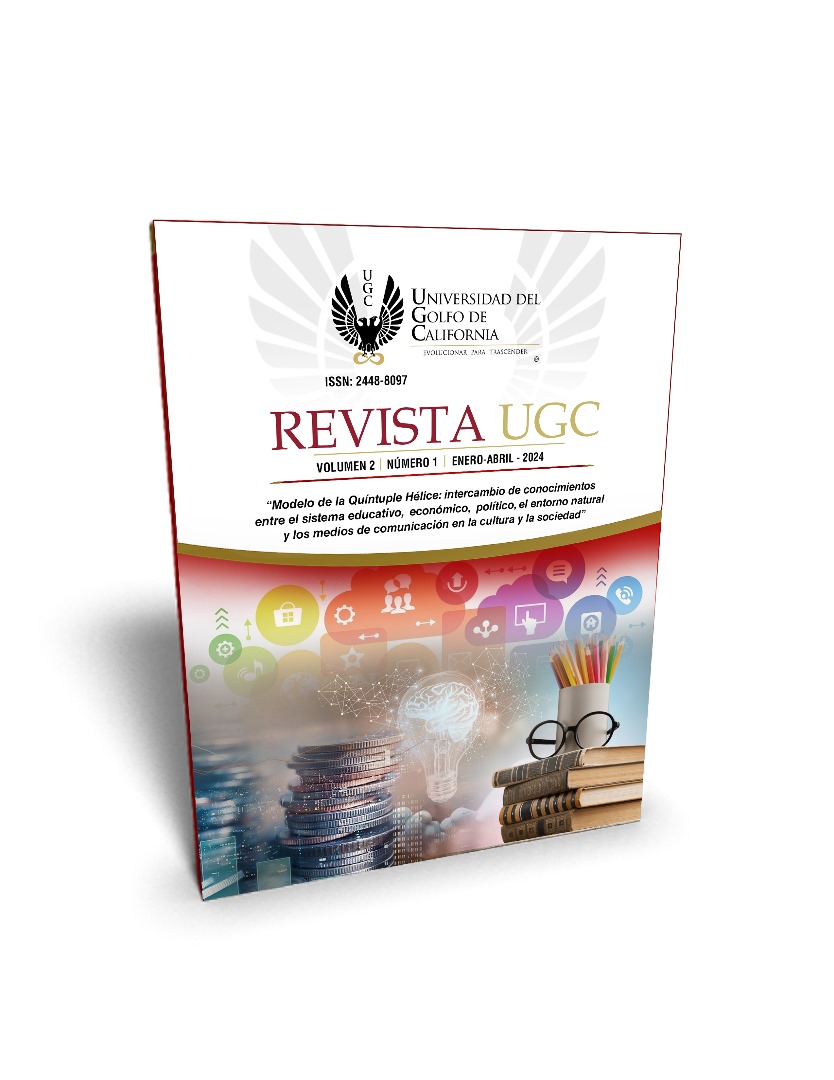The teaching of reading comprehension in English to Music students
Keywords:
English for Specific Purposes, methodology of music teaching, reading comprehensionAbstract
The article presents the reflective study conducted by the authors on the development of reading comprehension for specific purposes in English in music students. For this purpose, an analogy was made between the stages of reading comprehension and the methodology of music teaching itself. It is taken into account that theoretical knowledge about music provides the student with the ideal tools to appreciate the artistic value, through the conceptual and historical formation of artistic manifestations. While the practical knowledge allows them to experience and express the particularities of the artistic theory they have apprehended, otherwise, if the artistic experience were omitted, it would only be based on a theory that would be meaningless. Therefore, it is defined that the pre-reading stage is associated with the students' previous experiences, while the reading stage is associated with the apprehension and the post-reading stage with the expression of the sound fact.
Downloads
References
Abreus, A., Marrero, A. & Vázquez, A. F. (2011). La integración de habilidades en inglés con fines específicos en la formación del profesional de agronomía. Propuesta de folleto. Cuadernos de Educación y Desarrollo, 3(28). https://dialnet.unirioja.es/servlet/articulo?codigo=8880590&orden=0&info=link
Alonso, E. L. (2021). La comprension lectora en la enseñanza del inglés en secundaria. Universidad de La Laguna. (Master Thesis). Universidad de La Laguna
Arguedas Quesada, C. (2006). Vivencias de la expresión musical: áreas y estrategias metodológicas. Revista Electrónica Actualidades Investigativas en Educación, 6(3). https://www.redalyc.org/articulo.oa?id=44760314
Cima, M. D. (2012). A Proposal for Developing Oral Fluency in English through the Multiple Intelligences Theory Application in Sophomore Students of Informatics at the University of Cienfuegos. (Thesis). Universidad de Cienfuegos.
Cunha, P. J., & Gellis, A. L. (2002). La vivencia musical y sus caracteristicas psicológicas. Psykhe, 11(1), 129-132. https://dialnet.unirioja.es/servlet/articulo?codigo=8628947&orden=0&info=link
Davis, M. M. (2019). Rhythms and Reading: Applying Literacy to the Music Classroom. Honors Theses. 613. https://encompass.eku.edu/cgi/viewcontent.cgi?article=1660&context=honors_theses
Díaz, B. A., & Hernández, R. G. (1999). Constructivismo y aprendizaje significativo. In, Estrategias Docentes para un Aprendizaje Significativo. (pp. 13-19). McGraw Hills.
Enríquez, O. I., Mijares, N. L., & Font, M. S. (2015). A G uide to the Teaching of English for the Cuban Context. Pueblo y Educación.
Garduño, V. (2019). Importancia de la comprensión lectora. Instituto Nacional para la Evaluación de la Educación.
Garví, R. C., Gustems, C. J., & Ambros, P. A. (2015). Música y lenguaje. Principios teóricos de un encuentro interdisciplinario para mejorar la competencia lectora en educación secundaria. ARTSEDUCA, 11, 8-19. https://dialnet.unirioja.es/descarga/articulo/5443265.pdf
Gimatdinova, Ç. F. (2018). Uluslararası Sosyal Araştırmalar Dergisi. Retrieved from Uluslararası Sosyal Araştırmalar Dergisi /: http://dx.doi.org/10.17719/jisr.2018.2685
Goodman, K. (1997). Behind the eyes: What happens in reading. Theoretical models and processes of reading. International Reading .
Grellet, F. (1981). Developing Reading Skills: A practical guide to reading comprehension exercises. Cambridge University Press.
McClung, N. A., & Pearson, P. D. (2019). Reading comprehension across languages: Seven European orthographies and two international literacy assessments. Written Language and Literacy, 22(1), 33–66. https://doi.org/10.1075/wll.00019.mcc
Montano, R. F. (2010). Modelo pedagógico para el mejoramiento del desempeño profesional de los profesores de música de la Universidad de Ciencias Pedagógicas “Enrique José Varona” (Doctoral Thesis). Universidad de Ciencias Pedagógicas Enrique José Varona .
Nieto, S. (2013). Language, literacy and Culture. Journal of Language & Literacy Education, 9(1), 8-20. https://files.eric.ed.gov/fulltext/EJ1008170.pdf
Nunan, D. (1999). Second Language Teaching and Learning. Heinle and Heinle Publishers.
Nurdianingsih, F. (2021). Teachers’ Strategies in Teaching Reading Comprehension. Project. International Journal of Language Instruction, 1(1). 19-28.
Oakhill, J., Cain, K., & Elbro, C. (2015). Understanding and teaching reading comprehension. Routledge, Taylor & Francis Group.
Peña, L. V. (2019). Enseñanza del inglés como lengua extranjera y desarrollo de competencias lingüisticas. (Master Thesis). Universidad Andina Simón Bolívar.
Ponsoda, A. (2005). iniciacion musical en edades tempranas. Desde la percepción sonora a los conceptos musicales. Orbach & Chambers.
Saavedra Roa, M, Lozano Cárdenas, L., & Ladino Quevedo, L. (2019). Las canciones infantiles para fortalecer la comprensión lectora en niños de 6 a 8 años. (Thesis). Universidad Cooperativa de Colombia.
Sánchez, O. P., & Morales, H. X. (2000). Educación Musical y Expresión corporal. Pueblo y Educación .
Vygotsky, L. (1979). El desarrollo de los procesos superiores. Crítica.
Downloads
Published
How to Cite
License
Copyright (c) 2024 Camila de Lelis Martínez-Rodríguez, Adrian Abreus-González

This work is licensed under a Creative Commons Attribution-NonCommercial-ShareAlike 4.0 International License.
Authors who publish in Revista UGC agree to the following terms:
1. Copyright
Authors retain unrestricted copyright to their work. Authors grant the journal the right of first publication. To this end, they assign the journal non-exclusive exploitation rights (reproduction, distribution, public communication, and transformation). Authors may enter into additional agreements for the non-exclusive distribution of the version of the work published in the journal, provided that acknowledgment of its initial publication in this journal is given.
© The authors.
2. License
The articles are published in the journal under the Creative Commons Attribution-NonCommercial-ShareAlike 4.0 International License (CC BY-NC-SA 4.0). The terms can be found at: https://creativecommons.org/licenses/by-nc-sa/4.0/deed.en
This license allows:
- Sharing: Copying and redistributing the material in any medium or format.
- Adapting: Remixing, transforming, and building upon the material.
Under the following terms:
- Attribution: You must give appropriate credit, provide a link to the license, and indicate if any changes were made. You may do this in any reasonable manner, but not in any way that suggests the licensor endorses or sponsors your use.
- NonCommercial: You may not use the material for commercial purposes.
- ShareAlike: If you remix, transform, or build upon the material, you must distribute your creation under the same license as the original work.
There are no additional restrictions. You may not apply legal terms or technological measures that legally restrict others from doing anything the license permits.







